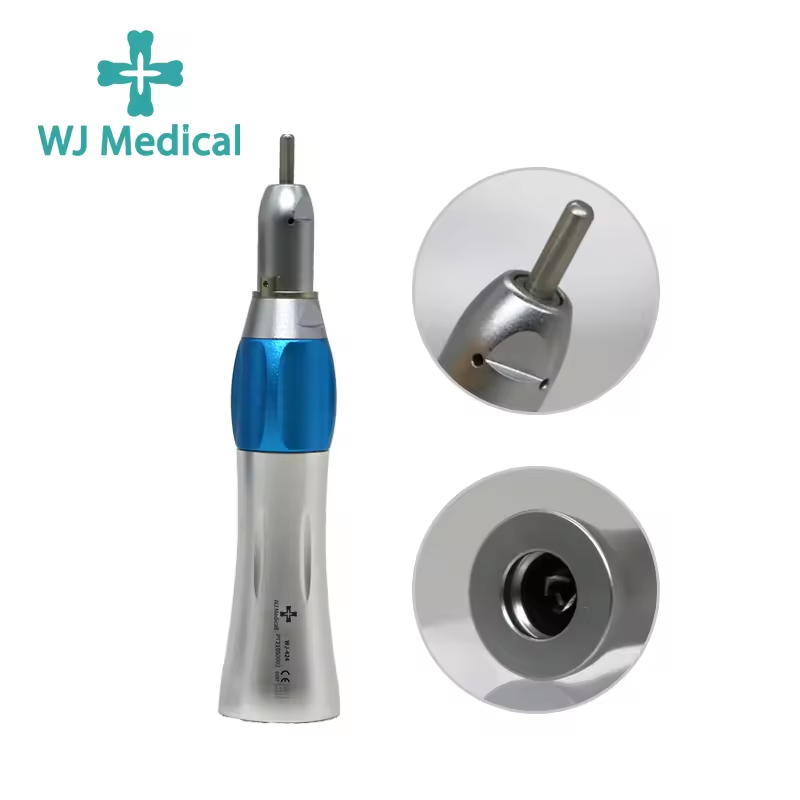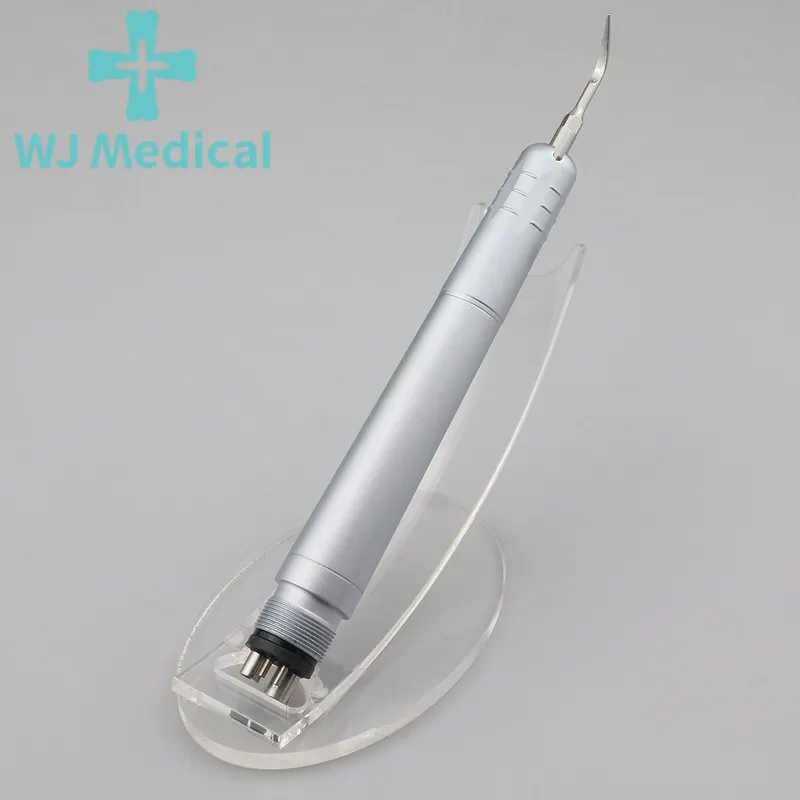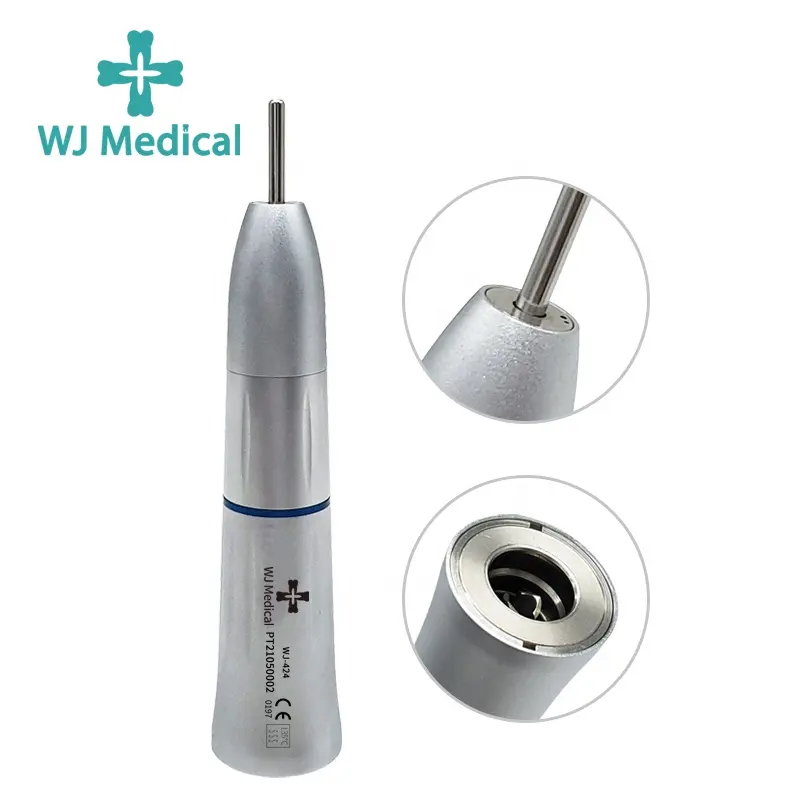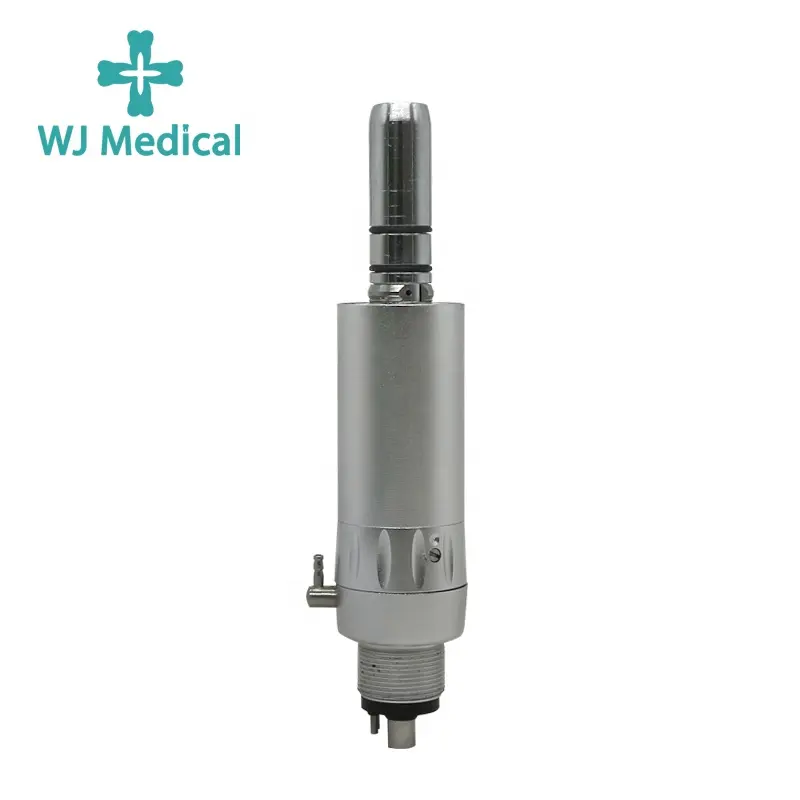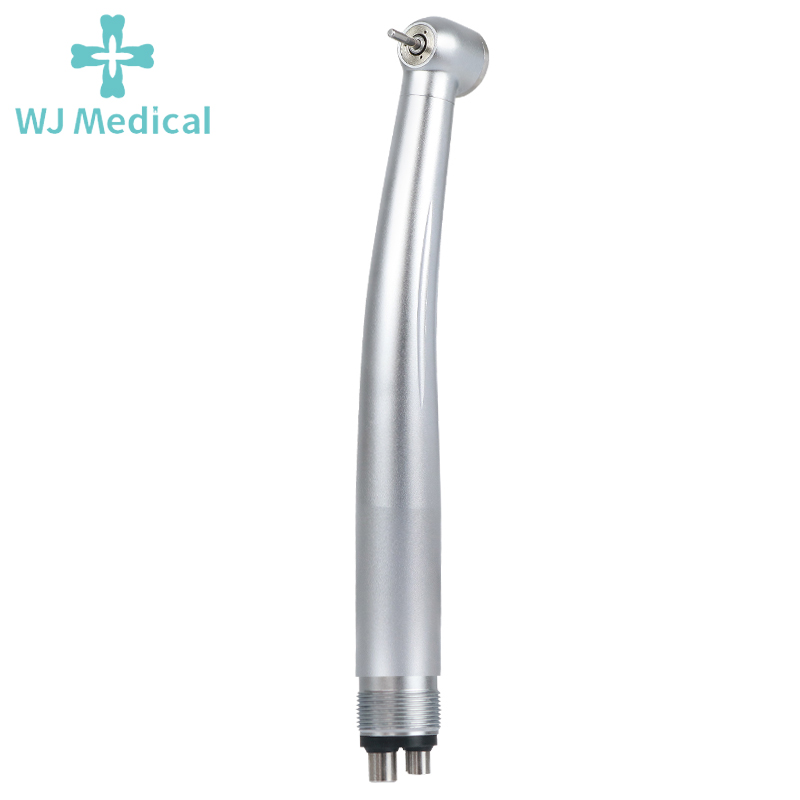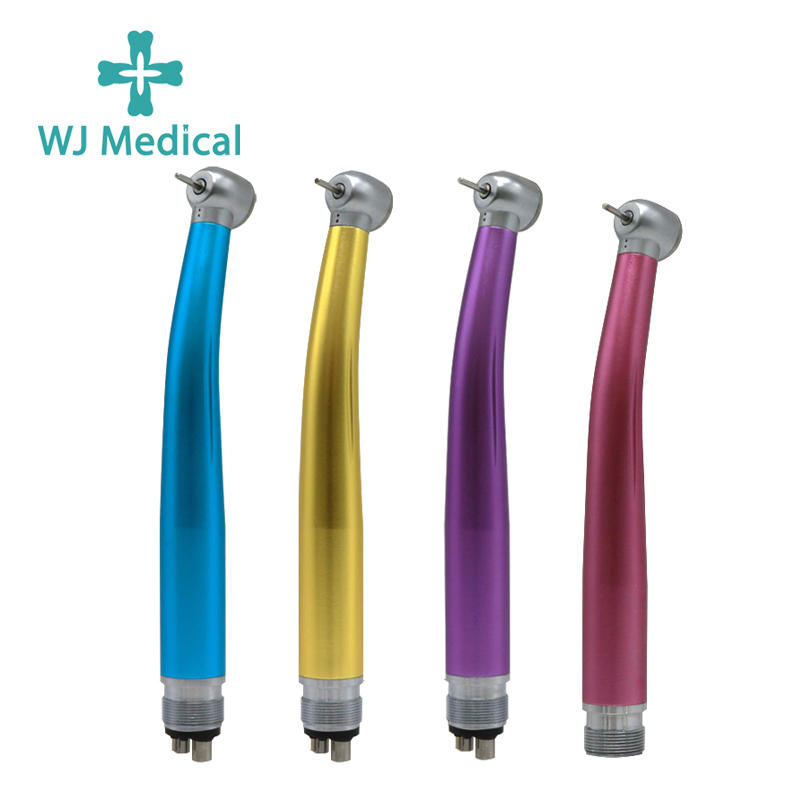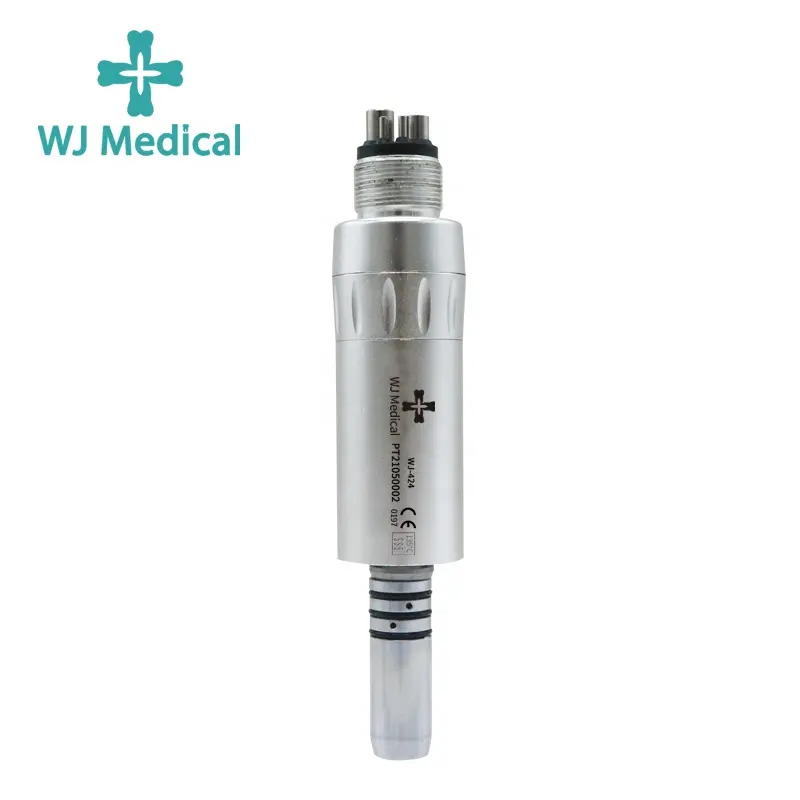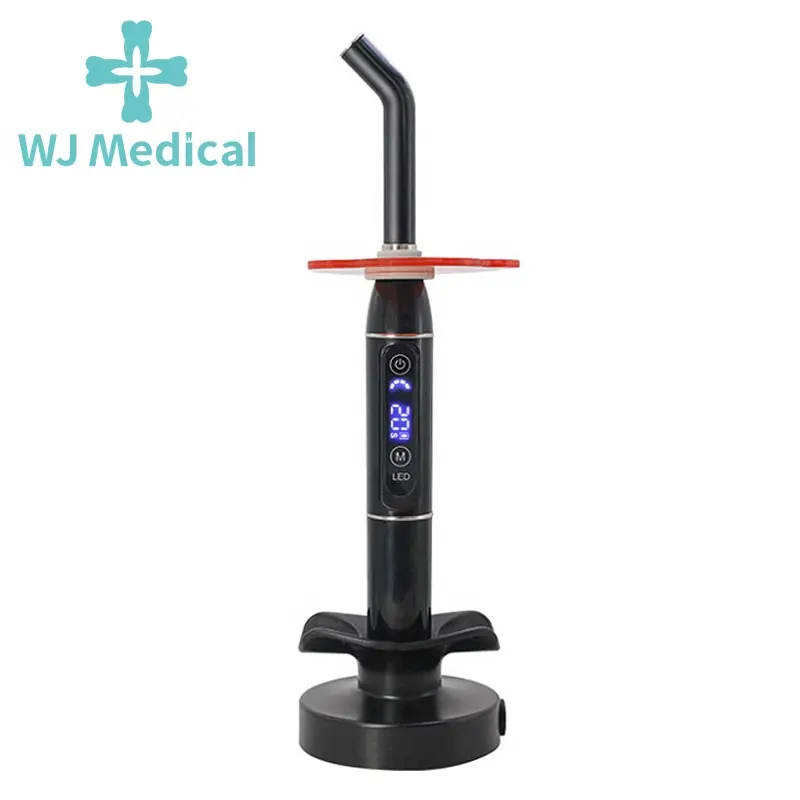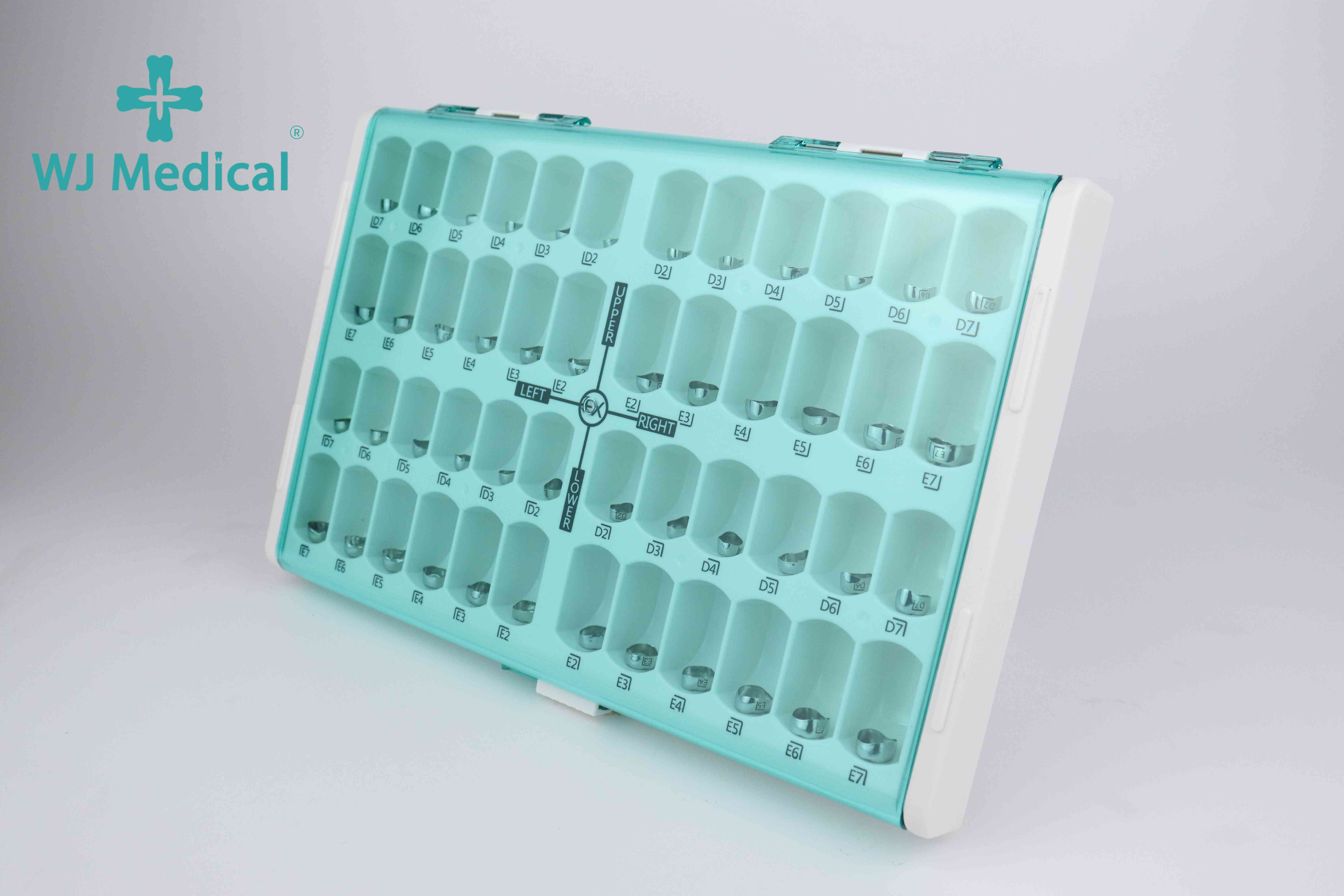What is the difference between a dental high speed handpiece and a dental low speed handpiece?
Dental High-Speed Handpiece and Dental Low-Speed Handpiece have significant differences in several aspects, mainly including speed, functions, application scenarios, and design features. Here's a breakdown of the main differences:
What is the difference between high speed handpiece and low speed handpiece Rotation speed?
Dental high-speed handpieces: The speed is usually very high, ranging from 300,000 to 450,000 rpm (r/min), and even some products can reach more than 450,000 RPM. This high speed makes high-speed handpieces ideal for operations that require rapid cutting and grinding.
Dental low-speed handpiece: The speed is relatively low, usually between 1,000 and 40,000 RPM. The characteristics of low-speed operation make the low-speed handpiece more accurate and controllable in the operation process, which is suitable for scenes requiring fine operation.
What the Functions and application scenarios?
Dental high-speed handpiece: Due to its high speed, high-speed handpiece is mainly used in stomatology for rapid dental drilling, grinding and other surgical operations. They can quickly remove hard tissue from the surface of the tooth, facilitating subsequent repair or treatment.
Dental low speed handpieces: Low speed handpieces are more suitable for delicate operations, such as removal of caries during dental restoration, cleaning of tooth surfaces, root canal preparation, and periodontal treatment. The low speed allows the doctor to control the operation more precisely, reducing discomfort to the patient.
Dental high and low speed handpiece is an indispensable medical equipment in the process of dental diagnosis and treatment, they have different features and use scenarios.
The following is a detailed analysis of the functions and use scenarios of dental high and low speed handpieces:
Features:
Dental high-speed handpiece, also known as dental high-speed pneumatic turbine handpiece or dental drill handpiece, uses compressed air as a power source to drive the wind wheel to achieve high-speed rotation, and then drives the dental needle to drill, cut and other operations.
Its extremely high speed, up to more than 300,000 revolutions per minute, is especially suitable for treatment scenarios requiring high precision and high efficiency.
Usage scenario:
Dental restoration: In the process of dental restoration, dentists often use high-speed handpieces to prepare, polish and trim teeth, laying the foundation for subsequent restoration treatment.
Root canal therapy: Root canal therapy is a common method to treat pulpitis, periapical inflammation and other diseases. In this process, the high-speed handpiece is used to open the pulp and expand the root of the tooth, remove the diseased tissue and prepare the root canal.
Tooth extraction: In tooth extraction surgery, high-speed handpieces can be used to cut and separate the teeth in order to smoothly pull the teeth out of the alveolar bone.
Oral surgery: In oral surgery, high-speed handpieces can be used to cut soft tissue, remove bone and other operations to provide support for the smooth operation.
Features:
Dental low speed handpieces are divided into two types: straight machine and bending machine. The straightening machine is mainly used for grinding and polishing outside the mouth, while the bending machine is suitable for fine treatment inside the mouth.
The low-speed handpiece rotates at a lower speed when operating, but the operation is more stable, which is suitable for treatment scenarios that require fine control.
Usage scenario:
External grinding and polishing: The straight-machine low-speed handpiece has excellent performance in external grinding and polishing, such as for the grinding of tooth models and the dressing of dentures.
Intraoral fine treatment: Because its design is more suitable for intraoral operation, it is often used for intraoral fine treatment, such as fine-adjustment of teeth and removal of dental plaque.
What the design feature?
Dental high-speed handpieces: Typically have a lightweight yet robust design to withstand the vibration and heat generated when operating at high speeds. At the same time, they may be equipped with cooling systems, such as water jets, to reduce the temperature during operation and reduce friction.
Dental low-speed handpiece: Designed for comfort and precision. The handle part is often ergonomically designed to improve the comfort of the doctor's operation. In addition, the motor and needle parts of the low-speed handpiece are carefully designed to ensure stability and accuracy of operation.
Other differences
Noise and vibration: Due to the difference in speed, high-speed handpieces may produce greater noise and vibration during operation, while low-speed handpieces are relatively quiet and have less vibration.
Maintenance and cleaning: The two types of handpieces also have different requirements in terms of maintenance and cleaning. High-speed handpieces, due to their high-speed nature, may require more frequent maintenance and cleaning to prevent overheating or damage. Low-speed handpieces are relatively easy to maintain and clean.
Conclusion
Dental high and low speed handpieces play an important role in the field of oral medicine, and they each have unique functions and use scenarios. With its high speed and high efficiency, high-speed handpieces are suitable for treatment scenarios requiring rapid cutting and drilling. The low-speed handpiece, with its stability and fineness, performs well in external polishing and intraoral fine treatment. In the process of use, the dentist will choose the right type of dental handpiece for treatment according to the specific condition and treatment needs of the patient. At the same time, regular maintenance and maintenance is essential to ensure the normal operation of dental handpieces and extend their service life.

